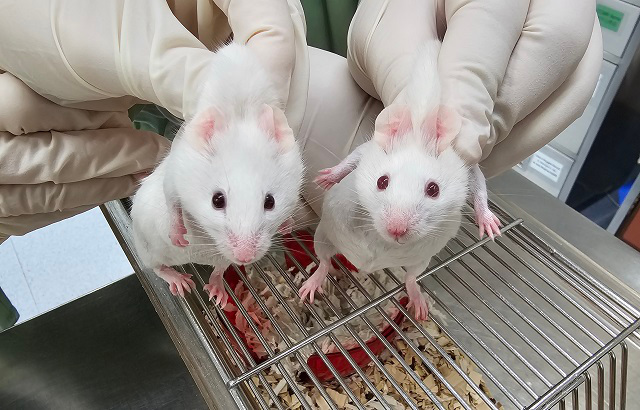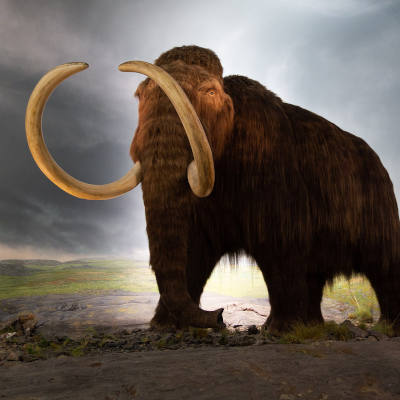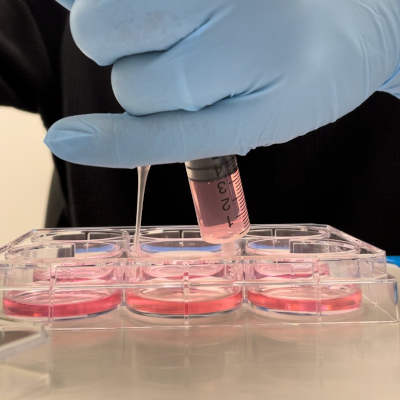Living mouse created from gene older than animal life
Nov. 20, 2024.
2 mins. read.
6 Interactions
Scientists have created a mouse using molecular tools derived from our single-celled distant ancestors, which predate animal life.
Scientists at Queen Mary University and University of Hong Kong have created mouse stem cells from genes found in choanoflagellates.
Choanoflagellates are single-celled organisms that are distant ancestors of mice (and humans). The gene used in this study is called Sox.
Stem cells are special cells that can turn into any type of cell in the body, like skin, nerve, or muscle cells.
Choanoflagellates have genes similar to the Sox gene found in animals. Normally, these genes were thought to belong only to animals, but this research shows they existed in these simple organisms too.
The project “sounds like science fiction,” notes a Queen Mary University press release.
“By successfully creating a mouse using molecular tools derived from our single-celled relatives, we’re witnessing an extraordinary continuity of function across nearly a billion years of evolution,” says researcher Alex de Mendoza in the press release.
The scientists describe the methods and results of this study in a paper published in Nature Communications.
The scientists took the Sox gene from choanoflagellates and put it into mouse cells. This changed the mouse cells into stem cells that could grow into a mouse when put into a mouse embryo. So the ancient gene became part of a living mouse.

This mouse was special because it had traits from both the original mouse and the new stem cells, like having spots of black fur and dark eyes, proving that the ancient gene worked in animal development.
Potential applications to medicine and life sciences
This experiment suggests that the ability to make stem cells might have started very long ago, even before animals appeared on Earth. It shows how evolution recycles old genes for new purposes.
For example, while choanoflagellates don’t have stem cells, they use these genes for other basic life processes, which animals later adapted for their own complex needs.
This research isn’t just about history; it could help with future medical treatments. Understanding how these genes work could lead to better ways to use stem cells to treat diseases or heal injuries in humans.
This study suggests that synthetic versions of genes might perform even better than native animal genes in certain contexts, notes researcher Ralf Jauch.
Let us know your thoughts! Sign up for a Mindplex account now, join our Telegram, or follow us on Twitter.


.png)

.png)


.png)






0 Comments
0 thoughts on “Living mouse created from gene older than animal life”